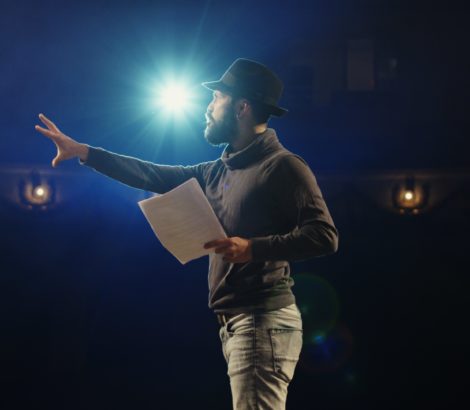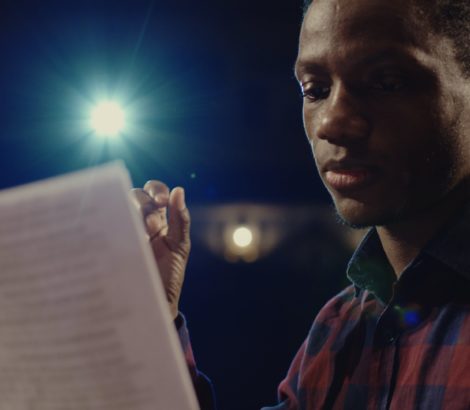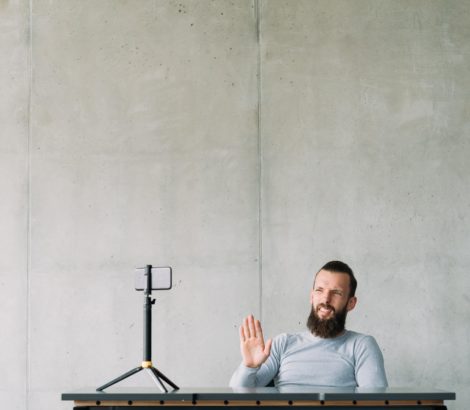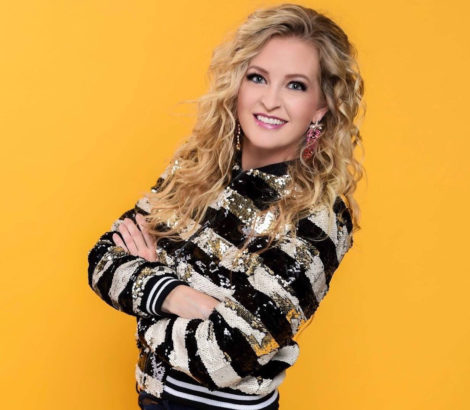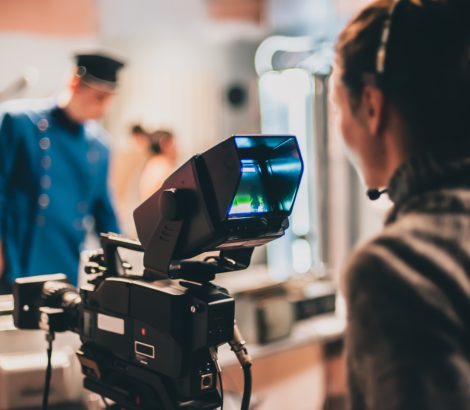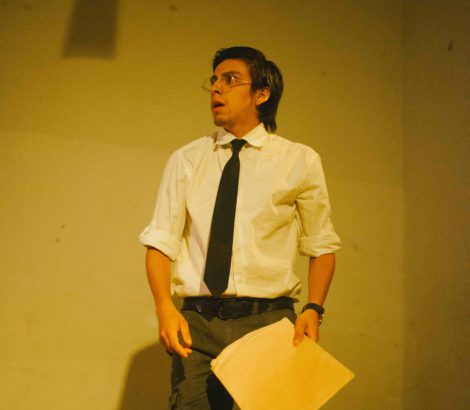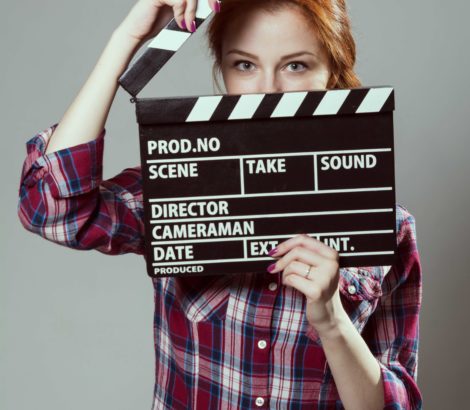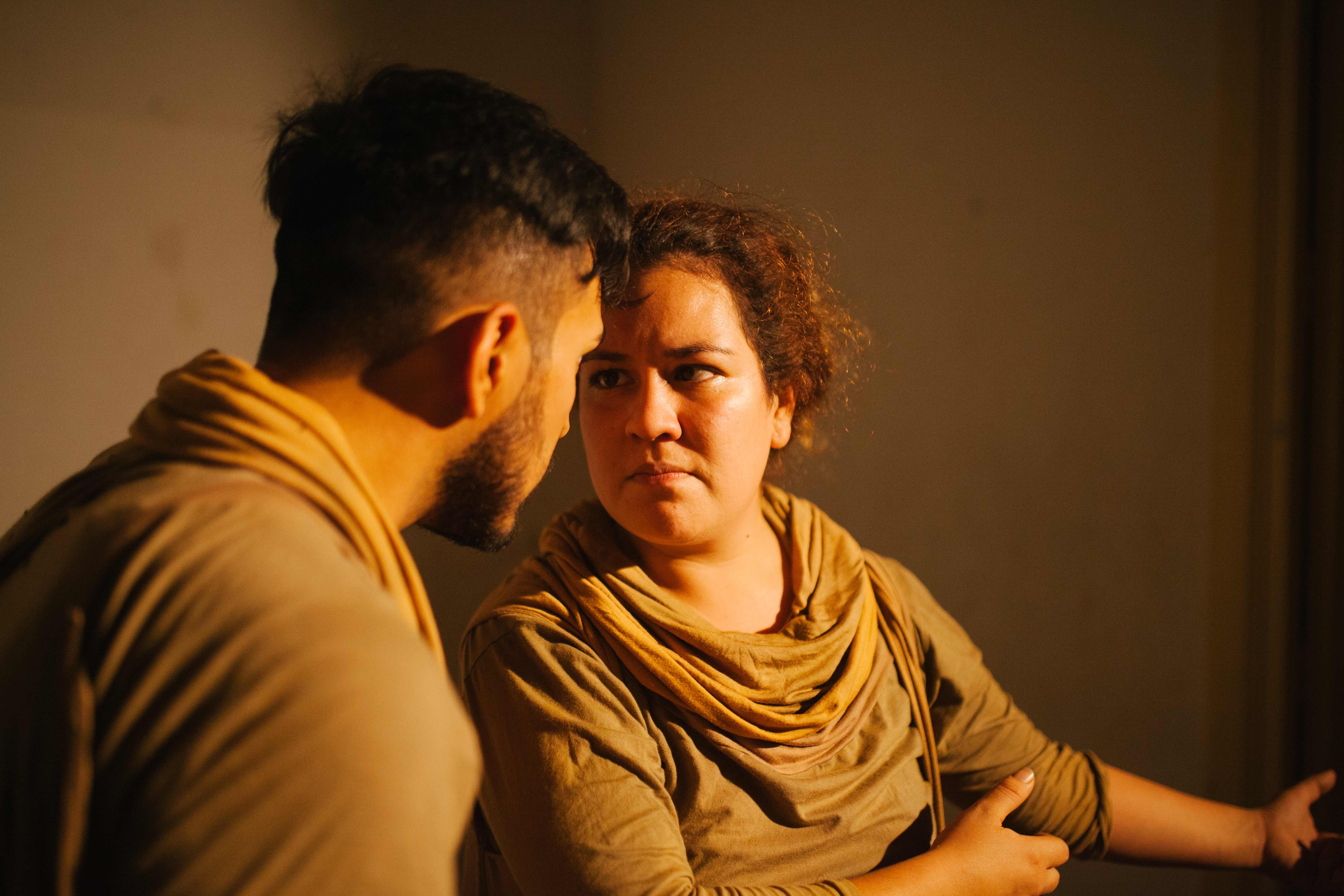A Brief History Along With Some Tips To Help You Find Your Way
The most influential acting teacher I’ve ever had is Andrew Benne (who still teaches at his studio Acting SD, and if you’re in the San Diego area and don’t immediately get into his class, you’re missing out on studying with one of the greatest acting teachers of our time. Andrew teaches Meisner Hybrid, as it evolved from the teacher that made him a teacher, the late, great Edward Kaye Martin.

My understanding is that Ed (who taught for Sanford Meisner at the Neighborhood Playhouse and was an actor in the John Cassavetes workshops) decided at some point to limit the repetition in the famous Meisner exercise to just one word. My guess is that one reason for that (simply because I see it so much in my classes) is that actors tended to get pretty chatty. The repetition of a phrase back and forth can quickly and sneakily turn into a dialogue, and that’s not the point. Another reason for the one word limit was likely the other reason I like to implement it as well – actors had to work harder using behavior to communicate. Even just removing the pronouns from the repetition makes a big difference. If I say “You look uncomfortable” — it’s very clear what is going on. If I say “I feel uncomfortable” — that’s also very clear. But If I can only use the word “uncomfortable” I have to work a lot harder with behavior to communicate my point of view.
At some point, in Ed’s classes, the classic Meisner Repetition exercise became a single word repetition but with the same intention – to get actors out of their heads and working off each other’s behavior. (Among so many other benefits of the Meisner Repetition).
When Andrew Benne first opened his acting studio in 1989, the same year that Ed passed away, he coined the term Raw Moments – a sort of spinoff of the traditional Meisner Repetition. I became a student of Andrew Benne in 2000 and was introduced to Meisner Hybrid by way of Raw Moments. It’s been the foundation of my work as an actor. I use it to teach my students to live truthfully in relationship and be completely available to the present moment.
Whether you want to call it the Meisner Repetition or Raw Moments, whether you’re using one word (strong emotional vocabulary is essential) or repeating a short phrase, pronouns or no pronouns – all the same rules still apply.
If you’re thinking of studying Meisner or some version of Meisner, or are currently a student of the Meisner influence, I hope you find this list of things to keep in mind helpful in your understanding of the work.
WHAT YOU SEE, WHAT YOU FEEL
You don’t have to get fancy with your words. Keep it simple. Speak to your partner’s behavior, or to your own emotional life. Just remember that your emotional life is always in response to your partner’s behavior. Don’t work alone. Your partner is everything in this work. Be invested. It’s all about what you see in front of you, and what you feel in response to that.
WHEN IN DOUBT, REPEAT
If you can’t think of the perfect word to describe your partner’s behavior or what you’re feeling, just keep repeating the word, but make sure repeat from where you’re living, emotionally. It’s not about the words. It’s never about the words. Work off of behavior, stay in relationship, and keep repeating. The first word (or phrase) said should always be uncensored observation (with point of view).
STRONG POINT OF VIEW
Let’s say, for example, your partner’s behavior is aggressive. Call that out, but don’t just make an observation, have point of view of that behavior. Speak from that place. Is their aggression making you nervous? Do you find it childish? We should be able to know your point of view of their behavior by the way you’re repeating and the way you’re behaving in the relationship.
WHEN DOES THE REPETITION CHANGE?
According to The Actor’s Art and Craft by William Esper and Damon DiMarco (a must-read if you’re a fan of or just curious about Meisner), there are four reasons the word or phrase being repeated should change.
1. You always change the Repetition in order to respond honestly. For example, if my partner says “you’re wearing a funny hat” and I’m indeed the only one with a hat on, I wouldn’t repeat “you’re wearing a funny hat” if my partner wasn’t. I’d change the repetition to make it true, “I’m wearing a funny hat”.
2. The Pileup. The sheer repetitiousness of the Repetition can begin to play on you internally and create an impulse, which makes a change.
3. Point of View. If you have an opinion at any time in the repetition, express it. If a feeling arises in response to your partner’s behavior, speak to it.
4. Change in Behavior When you notice your partner’s behavior change, the words of the repetition must change in order to reflect it. In other words, if you see something, say something.
THE BODY DOESN’T LIE
Especially if you’re new to the work, you may have a hard time accessing your emotional vocabulary because you’re not used to thinking that way. Speak to what literally and physically is happening. Call your own behavior, “I’m crossing my arms,” or to your partners physical behavior, “you’re getting close to me”. If you can start speaking to the physical behavior, you’ll get better at reading emotional life from that behavior.
NEVER SACRIFICE THE TRUTH FOR THE RULES OF THE GAME
I have to bust new students a lot of for asking questions. Don’t ask questions! That’s working from a head-place, not a body-place. Your job isn’t to figure out what is going on, or why someone is behaving a certain way, your job is to behave in reaction to what you are seeing. However, if you’re emotionally charged and you can’t think of the perfect word but the moment has changed and you absolutely have to speak to it and so you blurt out something like “What do you want from me?!” — do it. In my class, you can do that. Because I’d rather have you “break a rule” than hesitate, get in your head, and try to find the perfect word to describe what is going on. There seems to be a lot of rules in this exercise, but remember that nothing is more important than being truthful. That’s the whole point of the “game”.
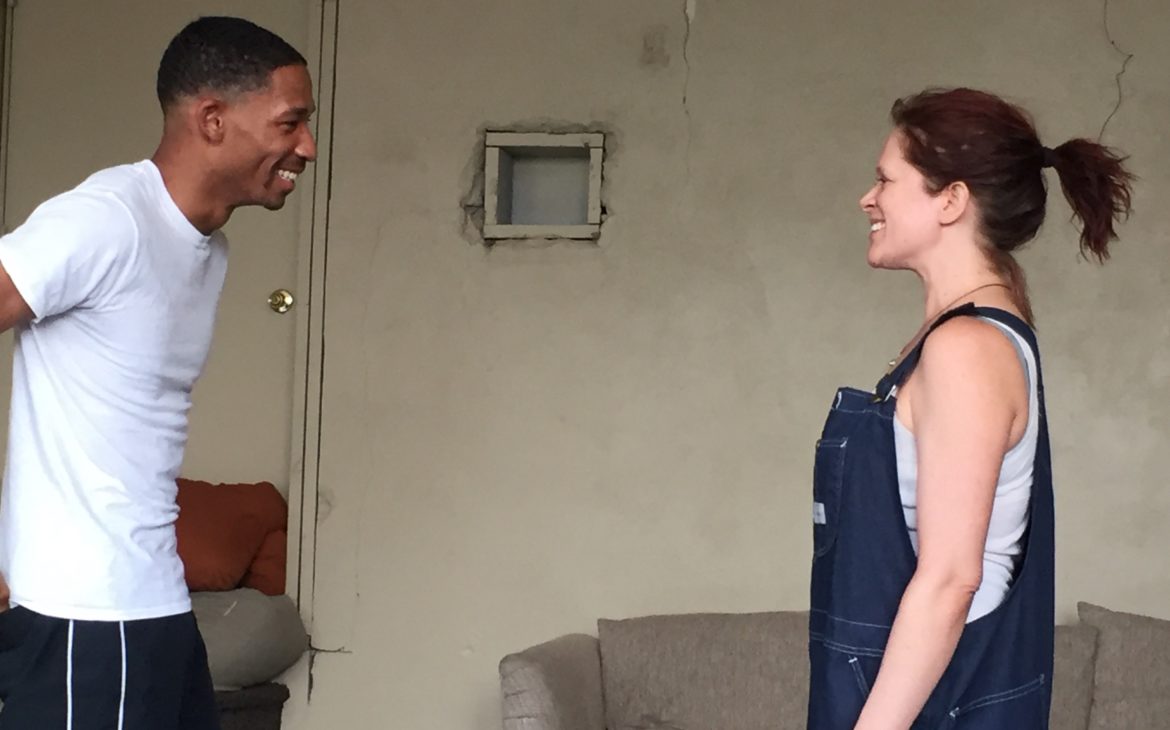
I’ve seen variations of the Meisner Repetition and Raw Moments taught by Andrew Benne, Fran Montano (also a student of Edward Kaye Martin and Master Teacher at The Actors Workout Studio), Irene Muzzy, (teacher at Acting SD and The Actors Workout) – all brilliant instructors. I’ve read several books and articles about Meisner and the famous technique. It has been a major element in the infrastructure of my work for nearly twenty years now and I’m continually discovering more ways it leads actors to working freely and organically.


